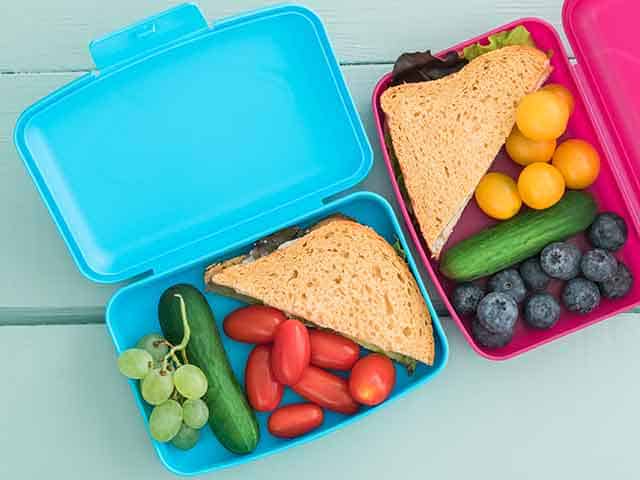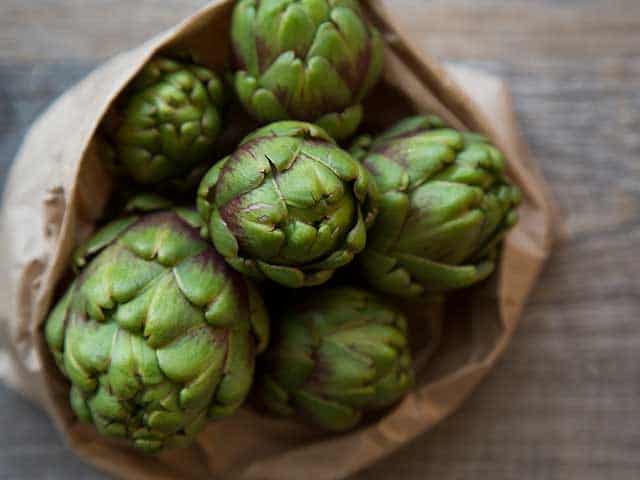Kick-start your health goals!
Starting a new health and fitness routine can be overwhelming. We’re here to break down what pre and post-workout nutrition looks like, so you can focus on grabbing your gym bag, nourishing your body with delicious but nutritious food, and crushing your health goals—no matter what they may be!
Focus on nutrition first
An important first question to ask is, how hard are you working out? Are you strolling around the block a couple of times, or taking your 10-mile, half-marathon training run? The harder your workout, the more key it is to fuel up as well as replenish your body’s nutrients. Undereating or not eating the right balance of protein, fats and carbs could leave you feeling sore and run down. So ensure you’re nourishing yourself properly throughout the day to repair and recover for your next workout.
Vitamins & supplements
No matter what your fitness level is or how hard your exercise routine may be, getting all the nutrients your body needs for optimal health is a worthy goal. Even when we’re eating our best, sometimes we miss our nutritional mark. A simple daily regimen that includes multivitamins, omega-rich oils, probiotics and superfoods is a great practice. At Sprouts, we call this the Essential 4—
read more about the benefits of these supplements!
Meal timing
As with many things in life, timing is everything. Fueling up about one to three hours before you intend to exercise is ideal. When you’re finished, refueling 15 to 20 minutes after your exercise is best. If that sounds unmanageable, having a post-workout snack within an hour to an hour and a half still helps your body to maximize those nutrients, replenishing the muscle proteins that were used up with activity.
Protein & carbs
Now that you know
whento eat before and after a workout, what about the
what? Protein plays an important role in rebuilding and repairing your body. That’s why it should be a part of both your pre and post-workout routine. Likewise, it’s equally important to take in carbs before and after—they’re the fuel your body craves!
Pre-workout
You may want to consider a pre-workout supplement to help keep you focused and motivated. Here are some of the things you might see listed in the ingredients:
- Taurine is an amino acid found in the brain, organ tissue and muscles. A neurotransmitter, it regulates the transport of nutrients throughout the body.
- Creatine is synthesized from amino acids and may help to improve muscle performance as well as lessen cramping.
- Citrulline is an amino acid that naturally occurs in your body. It may help increase blood flow to your body’s tissues.
- Beta-alanine is an amino acid produced in your liver which may help delay muscle fatigue.
- L-arginine helps create nitric oxide which relaxes your blood vessels, allowing for better blood flow and oxygen exchange.
- Betaine is a fat processing amino acid that helps to maintain liver function.
- Caffeine can help raise your metabolic rate, improve endurance and reduce fatigue because it stimulates your central nervous system.
- Guarana is a plant-based stimulant with two times the caffeine of coffee.
Note: If you’re watching your caffeine intake, a way to gauge the amount in a supplement is to remember a cup of coffee has about 95 milligrams of caffeine in it.
Recovery & Post-workout
Developing a post-exercise routine is important for recovery as well as maximizing the effects of your workout. Remember the three Rs:
- Refuel: Now is the time for carbohydrates—your body needs them to replenish glycogen!
- Rebuild: After you’ve exercised, your muscles are most primed for the protein they need to rebuild themselves.
- Rehydrate: Remember to stay hydrated. Water enhanced with electrolytes (sodium, magnesium, calcium, potassium) helps restore balance in your body. Or try coconut water, it’s filled with naturally occurring electrolytes.
In addition to getting the three Rs, you’ll want to be sure to get some good Zs. While we are sleeping, our bodies focus on muscle recovery, hormone balance and neurological restoration—all crucial to our overall well-being as well as athletic performance. Explore more about this
foundation of good health.
Shop Fitness Essentials
SHOP NOW
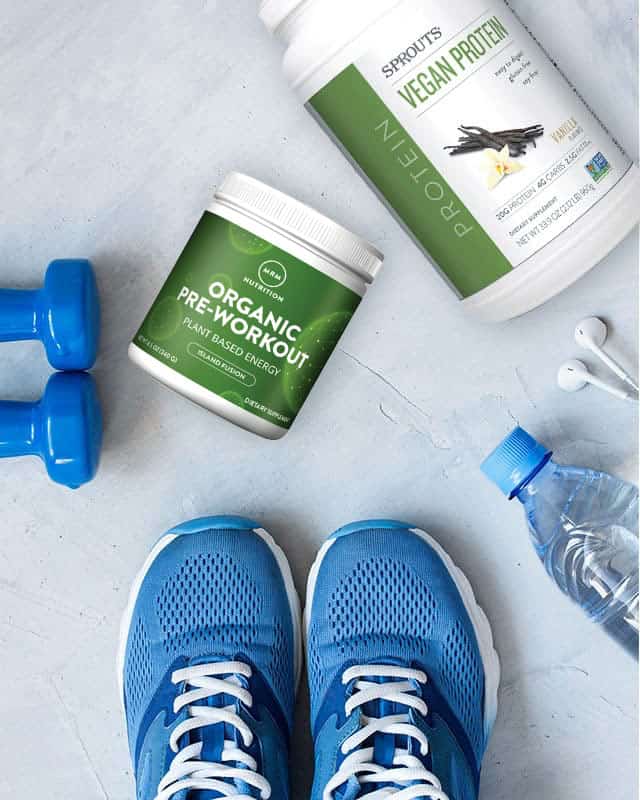




















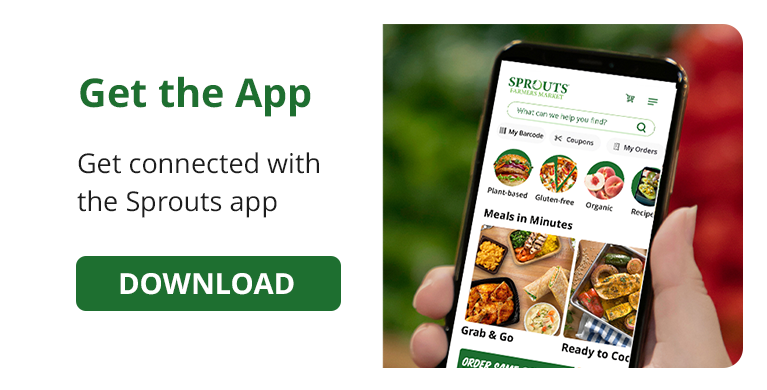




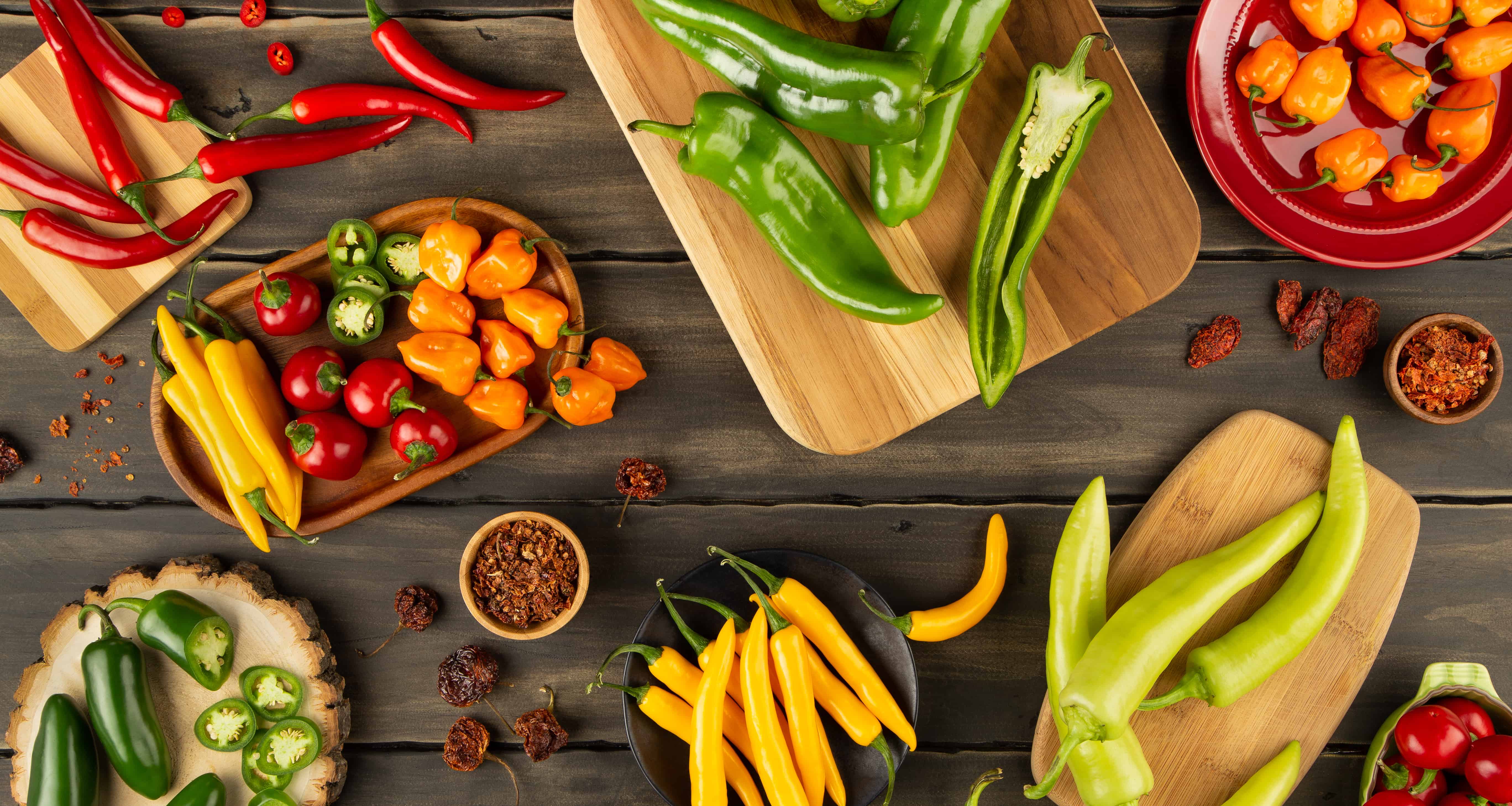
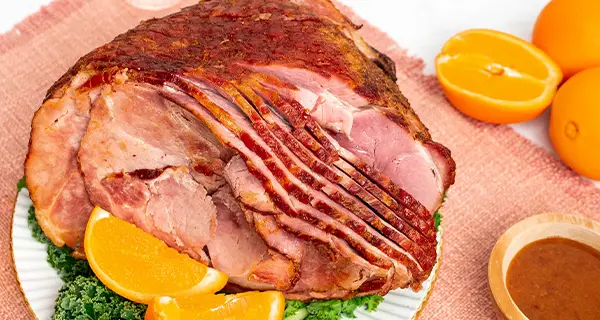
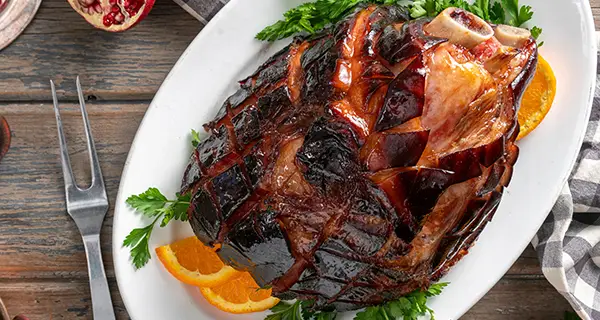
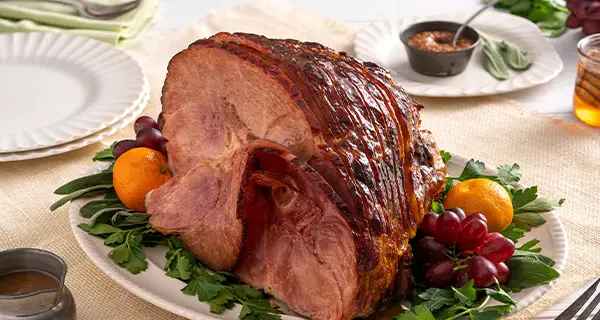
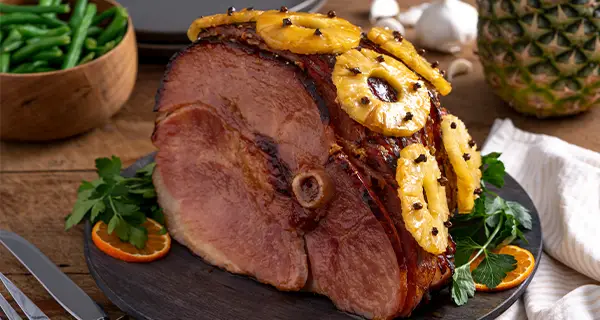
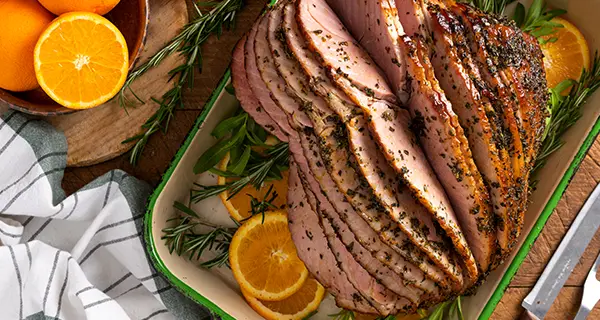
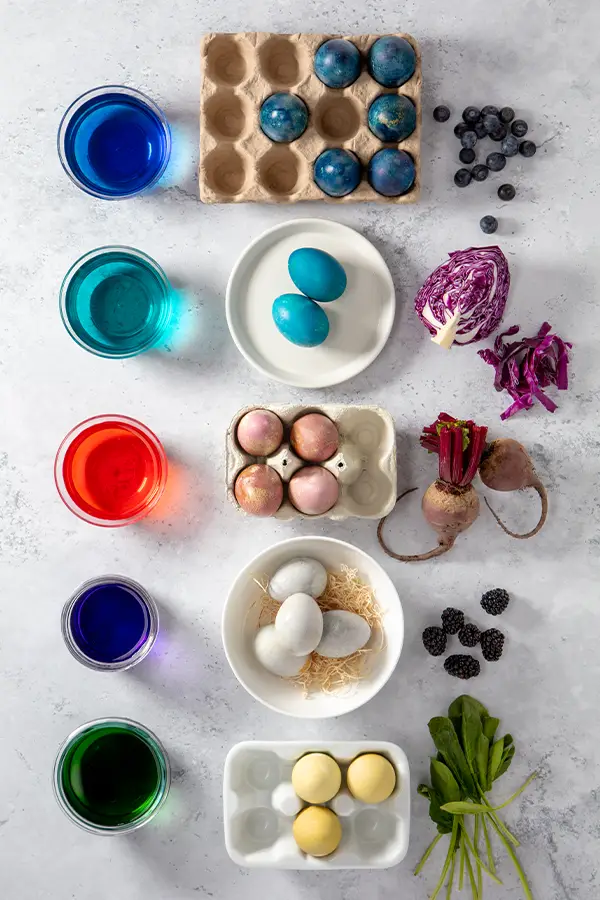
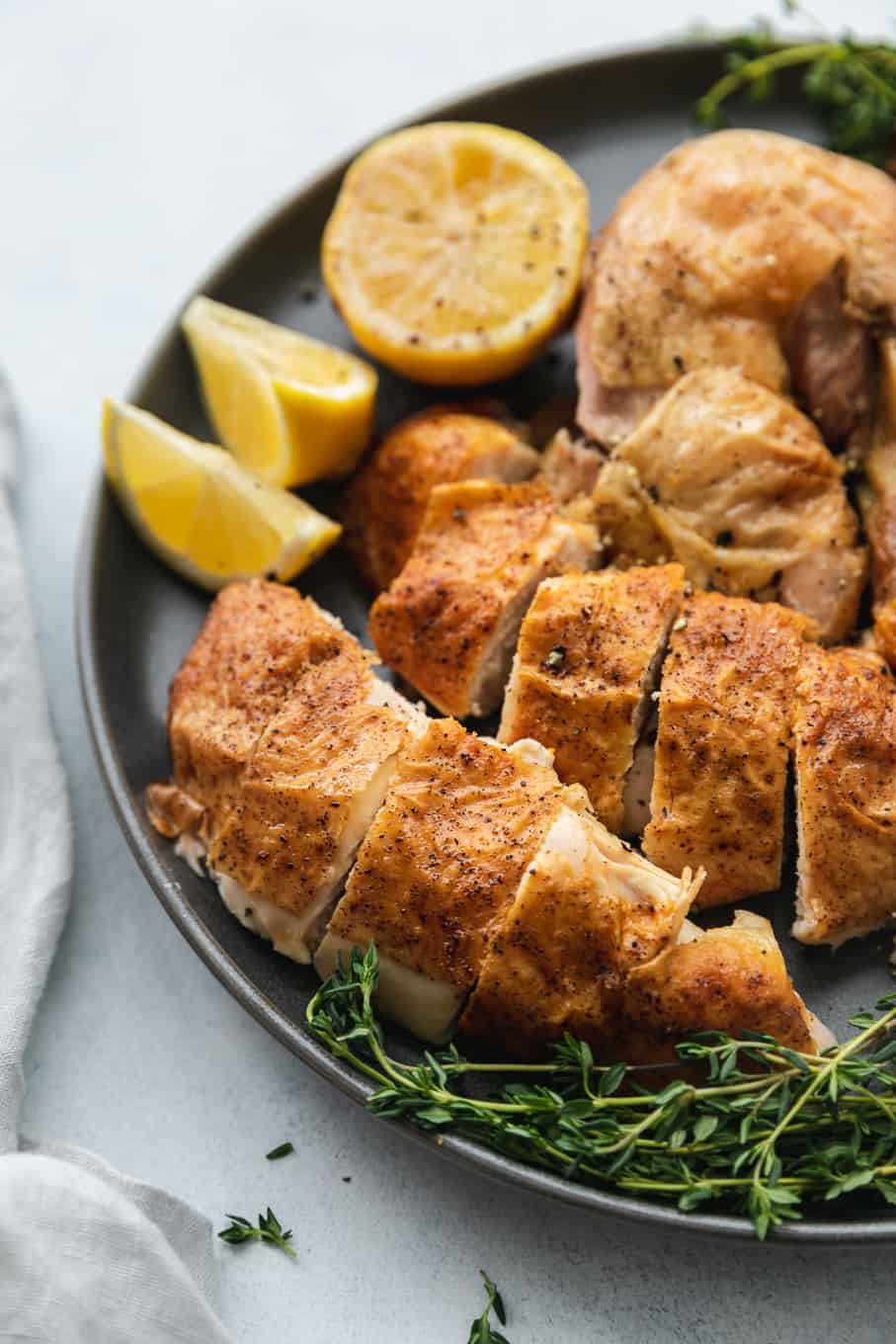 Roasted over a bed of root vegetables for extra flavor, this recipe couldn’t be simpler or more foolproof. Recipe provided by our blogger friend,
Roasted over a bed of root vegetables for extra flavor, this recipe couldn’t be simpler or more foolproof. Recipe provided by our blogger friend, 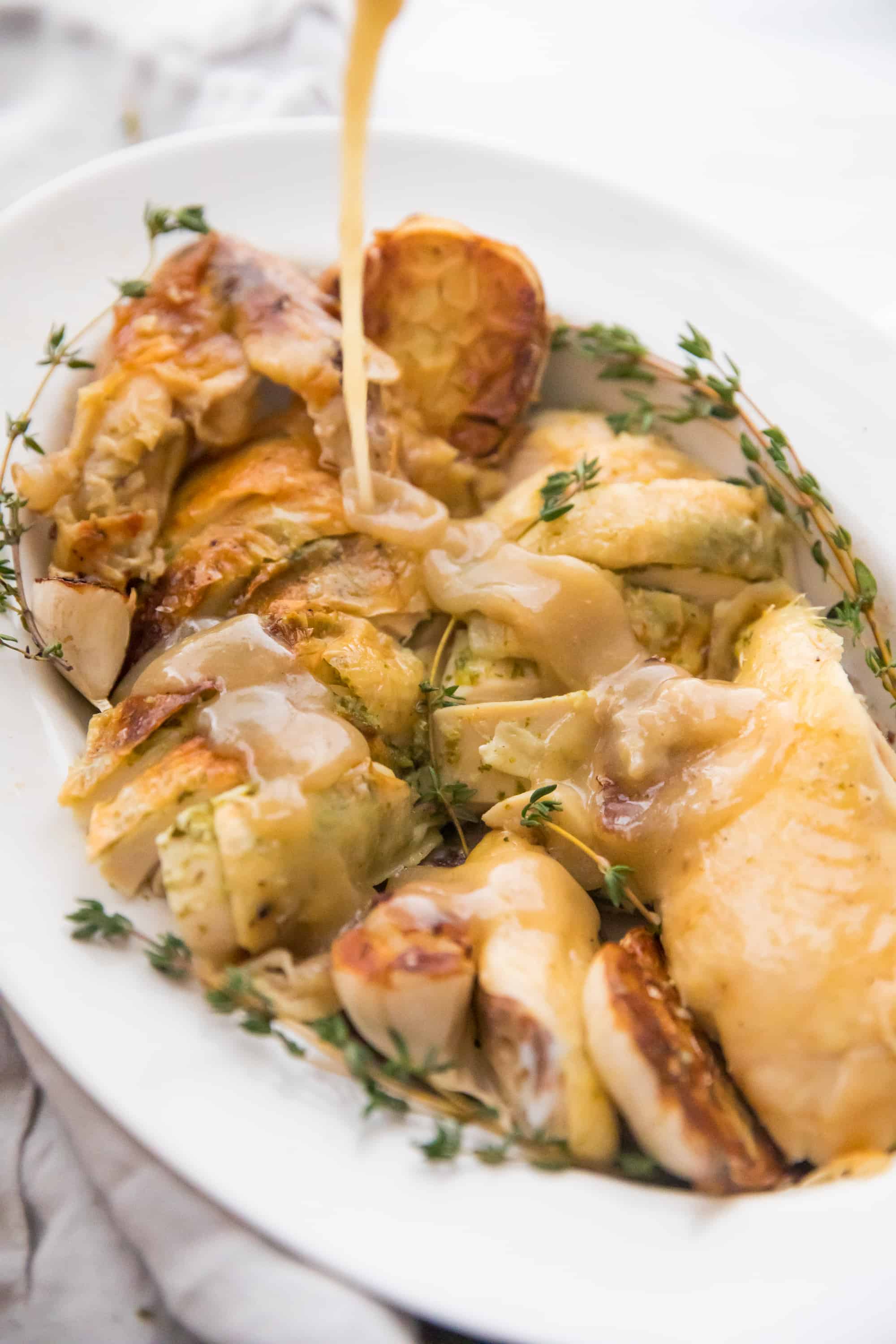
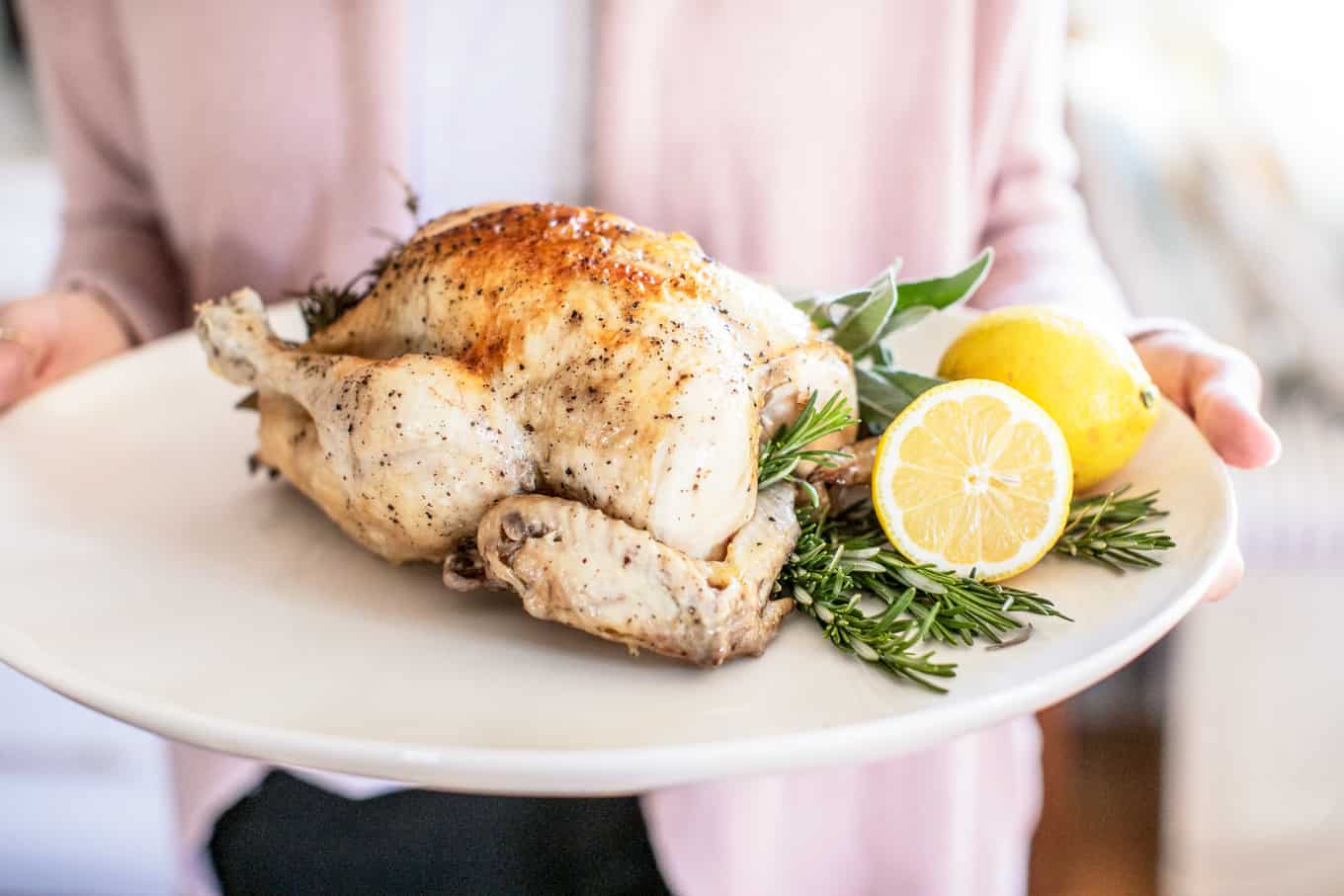 We love tasty chicken, and we especially love tasty chicken done in under an hour! Grab your instant pot multicooker and have dinner ready in a flash. *Note: for every pound add 6 minutes, for every half a pound add 3 minutes to total cooking time for whole chickens. Recipe provided by our blogger friend,
We love tasty chicken, and we especially love tasty chicken done in under an hour! Grab your instant pot multicooker and have dinner ready in a flash. *Note: for every pound add 6 minutes, for every half a pound add 3 minutes to total cooking time for whole chickens. Recipe provided by our blogger friend, 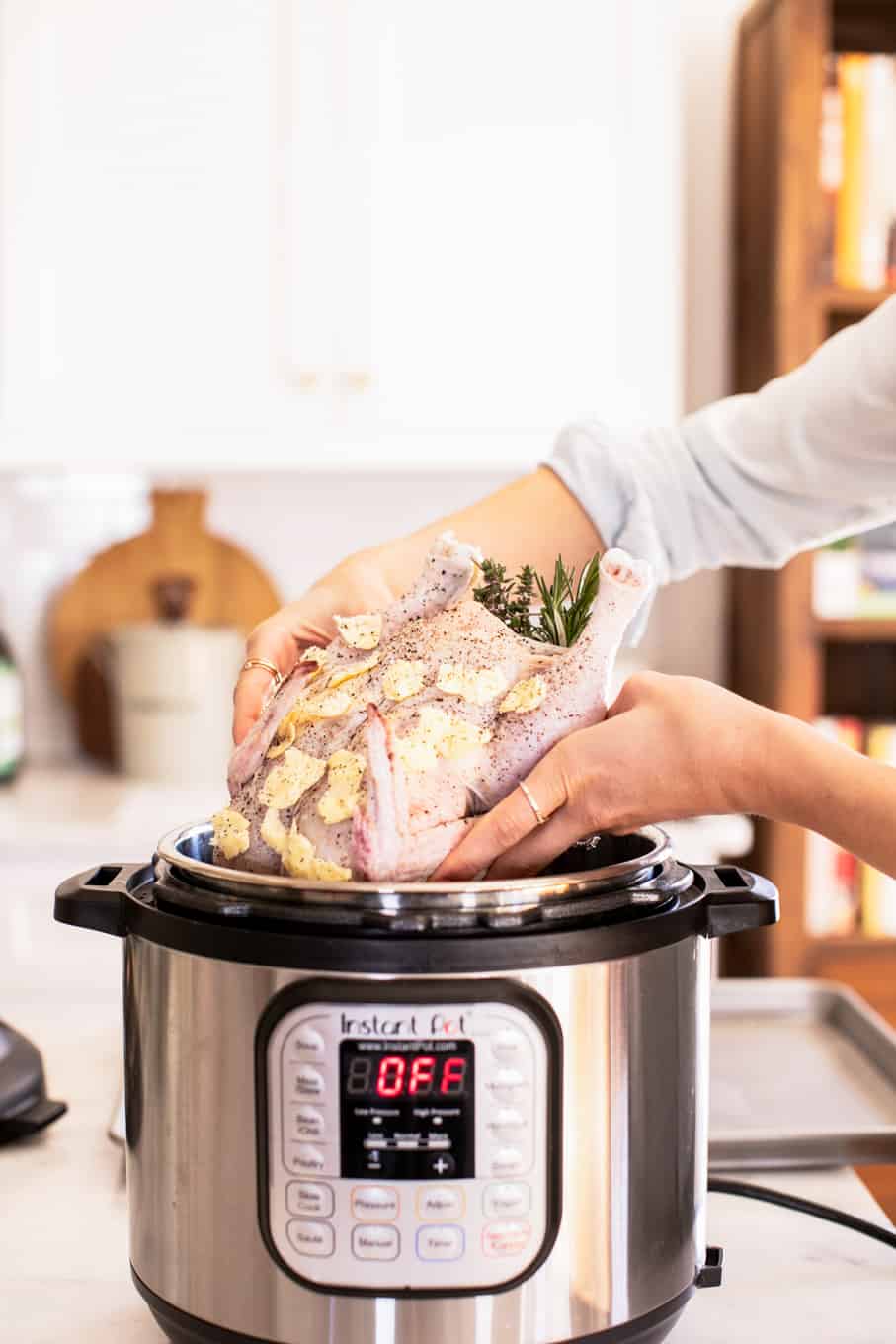
 Family owned and operated since 1995, Taylor Farms started in Salinas Valley, California, affectionately called America’s Salad Bowl. As a third-generation produce grower, Bruce Taylor followed in his family’s footsteps to build Taylor Farms into the largest producer of salads and healthy fresh food. Growing high-quality salads and vegetables begins with high-quality farming families and sustainable farming practices.
Family owned and operated since 1995, Taylor Farms started in Salinas Valley, California, affectionately called America’s Salad Bowl. As a third-generation produce grower, Bruce Taylor followed in his family’s footsteps to build Taylor Farms into the largest producer of salads and healthy fresh food. Growing high-quality salads and vegetables begins with high-quality farming families and sustainable farming practices.
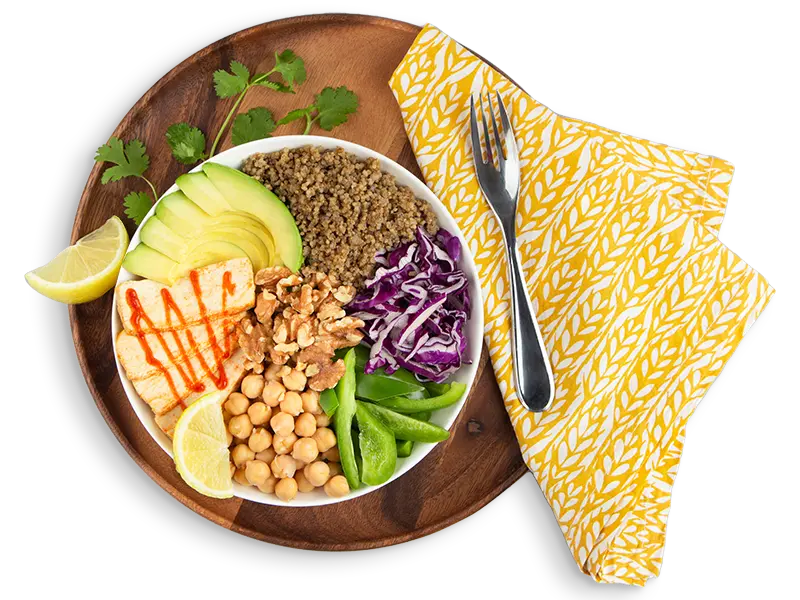
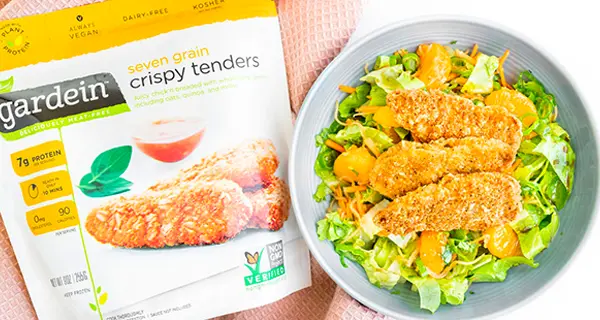
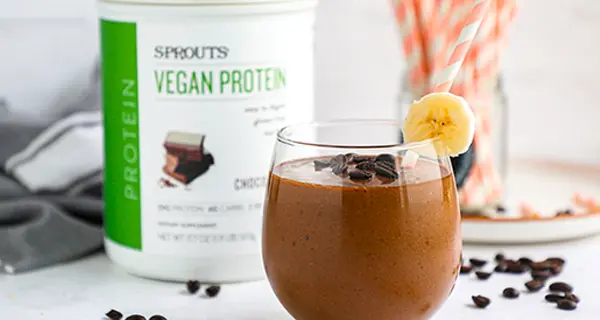
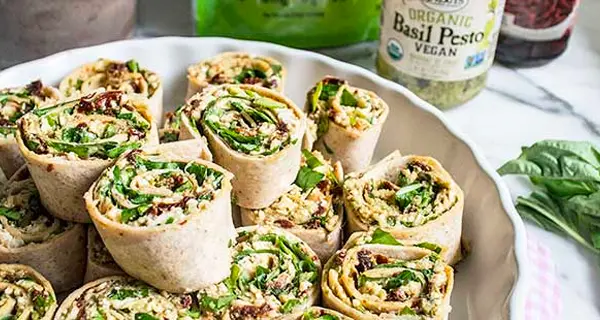
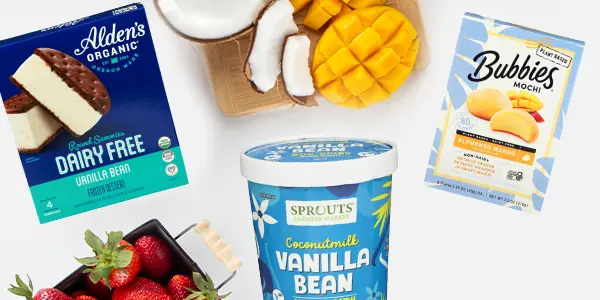
 Caring for the health of our soil has become an increasingly important endeavor as we better understand the role nutrient-rich soil plays in the quality of our food and ecosystem. Regenerative agriculture is a system of farming that works to progressively improve the soil, water and the environment. These farming methods can help take CO2, a powerful greenhouse gas, out of the atmosphere and put it back where it can do the most good—under our feet—and that’s where this story begins, with soil.
Caring for the health of our soil has become an increasingly important endeavor as we better understand the role nutrient-rich soil plays in the quality of our food and ecosystem. Regenerative agriculture is a system of farming that works to progressively improve the soil, water and the environment. These farming methods can help take CO2, a powerful greenhouse gas, out of the atmosphere and put it back where it can do the most good—under our feet—and that’s where this story begins, with soil.
 Be prepared to start seeing more of this logo in the future. This certification will be used in tandem with the USDA Organic seal. The
Be prepared to start seeing more of this logo in the future. This certification will be used in tandem with the USDA Organic seal. The 